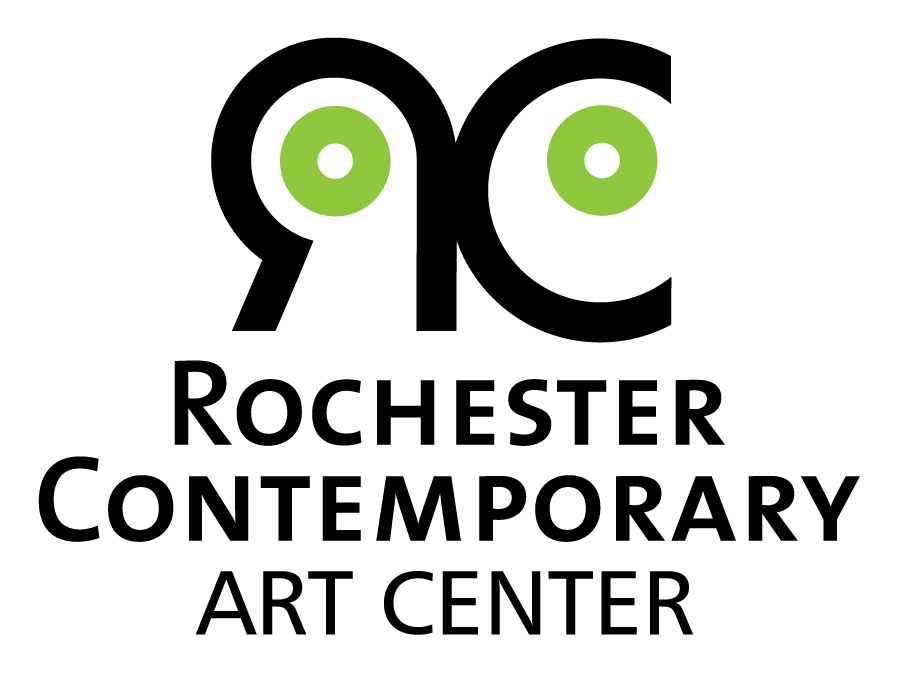
Q: Please tell us a bit about your background and current artwork, and elaborate on where you have recently exhibited.
A: I’m first-generation in the U.S. My parents are from Germany and Estonia. I grew up in Ann Arbor, Michigan, attended the University of Michigan's School of Art, and then moved to Japan, where I lived and worked as an artist. I later relocated to New York City to study Art and Education at Columbia. I fell in love with New York and have lived in Brooklyn for the last 30 years. Though I’ll always be a Michigander at heart, I’m also very much a New Yorker. My current artwork is focused on experiences with domestic violence. At first, the work reflected the disorienting nature of domestic violence. Now that those experiences are further behind me, the work is directed toward the aftermath; the looming, dark, unrelenting nature of trauma and the boundary setting necessary to recovery.
Recently, my video docuseries Milk Hole/ Milk Stream_Everyday is Mothers Day Project was shown at Woman Made Gallery in Chicago. The video was recorded in both Michigan and Brooklyn over several years and represents the paroxysm, the almost uncontrollable reaction and fear that consumed my life during that threatening time. In the video, you see me pouring milk into bodies of water, which expands, morphs, and travels along with my desperate magical thinking that somehow my mother's milk might reach my kids, nurture them, and ultimately save them from unrelenting, unpredictable brutality. It is not a rational response, but violence is irrational and designed to disorient victims.
I also completed my first public sculpture, Milk Hole Abstraction, also part of Everyday is Mother's Day Project at West 132nd Street Community Garden in NYC for the show Together in the Garden. Milk Hole Abstraction is a series of transparent plexiglass “capsules” containing “milk” embedded within the natural environment (in this case, a pond), representing clear and healthy boundaries; the personal, emotional, and physical limits individuals set to protect their well-being.
Q: You recently curated an exhibition, tell us about that.
A: Constellation was the show I curated at SLA Art Space in NYC Spring of 2024. Constellation was a small works show featuring close to 50 women artists within my immediate orbit. My goal was to demonstrate the power of small works as well as the broad scope of aesthetics, even within a small group or constellation of friends. We enjoyed a great reception. I am extremely proud of that effort. I owe a great deal to SLA Art Space director Francine Rogers, who has championed my work and the work of many women artists in New York as well as artist and friend Evangelos Viglis, who hung the show. If it were not for them, the show would still be on the gallery floor!
Q: Who do you consider to be your greatest artistic mentor? What did they teach you?
A: My greatest artistic mentor would be the Ann Arbor Public Library. As a young person, I spent a great deal of unsupervised time in the library reading about artists, dancers, actors, poets, the history of art, fashion, music, and film. Through its resources, the Public Library taught me that it was possible to be an artist and push artistic expression as far as an artist has the thinking energy to push it. Evidence of incredible artistic living on every page, in every word, and every image.
Q: If you could learn a new skill, what would it be?
A: If I could learn a new skill, it would be to hold my tongue and to maintain a poker face.
I can do it, but not as frequently as I would like. I admire great listeners for their ability to take in, weigh, and process information internally, and hold their cards close.
Q: Tell us about your local art scene in Brooklyn. Are there any challenges artists face in your community?
A: Unfortunately, one of the big stories for artists in Brooklyn is our recent fire in Red Hook. Red Hook, where I live, is an industrial neighborhood on the Brooklyn Waterfront (beautiful view of the Statue of Liberty and Ellis Island from our Valentino Pier). Red Hook was once called “the crack capital of America”. In the 1990s, when I had just moved to Brooklyn, Red Hook converted a row of 19th-century brick buildings on Van Brunt Street and filled it with artists and art businesses. In turn, Red Hook was transformed into a thriving arts destination.(And miraculously did not price out the artists that helped in the revitalization). Now, due to the recent fire, the work of more than 500 artists may be lost. I imagine everyone in the community will pitch in to support the artists whose work and studios were lost or damaged. It’s an incredible challenge facing these artists.
Q: How long have you been a RoCo member? You’re located and working in Brooklyn, why did you join RoCo? Do you have any other connections to Rochester / how does it feel to partake in the art community here from a distance?
A: I have been a member of RoCo for four years, five years? I was introduced to RoCo by weaver Rachel Wittles, a Rochester native who was living in New York when we met. Rachel and I bonded over an artistic collaboration. During our partnership, Rachel's stories about growing up in Rochester reminded me of my own childhood in Michigan. She also recounted stories of her friends who, after studying art away from home, were all returning to cultivate the arts community in Rochester. Those positive stories are important to pay attention to, and why I became a member. Over the years, I have found RoCo to provide fantastic opportunities and supportive programming for artists. RoCo fosters a sense of energy and connectedness that draws artists in, and I'm excited to be part of that community.
Learn more about Ingrid: @ingridbutterer.art and ingridbutterer.com

